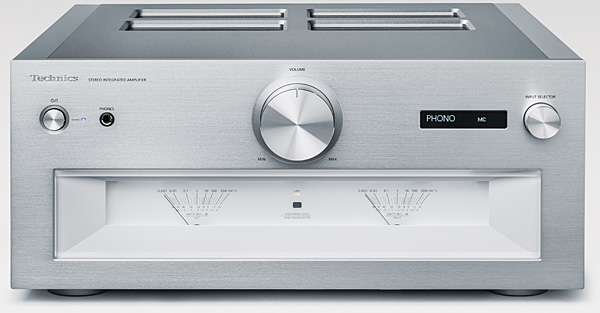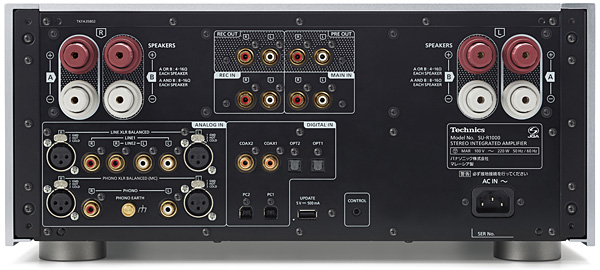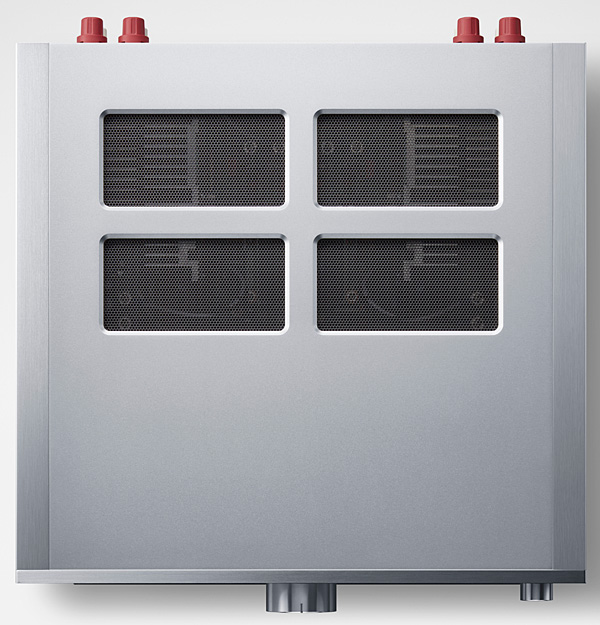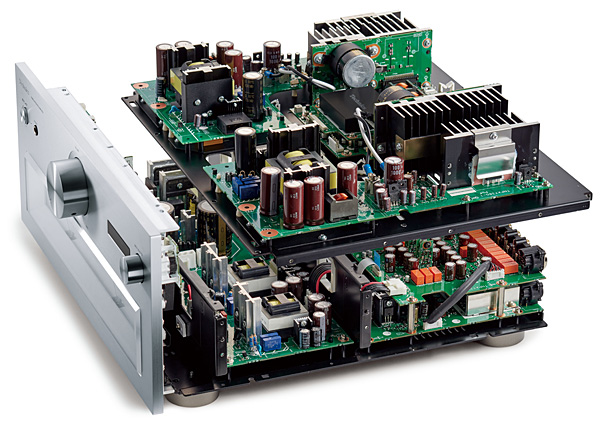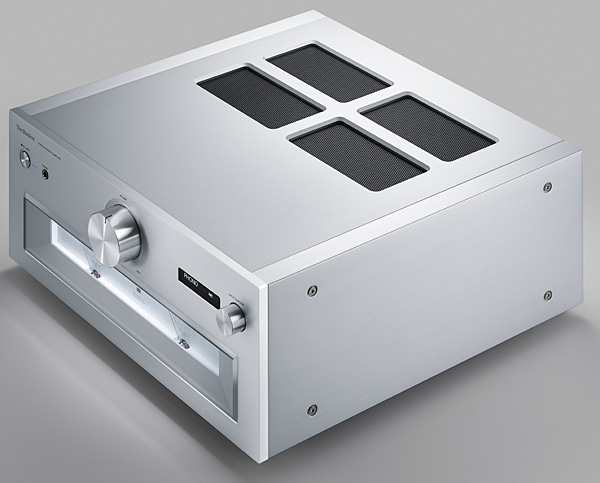| Columns Retired Columns & Blogs |
Assuming we're talking about the SB-7000, I had a pair when living a shuriken's throw from Osaka. Those things had Kubrick looks and were truly immense, with 35cm bass woofers covering 37-700Hz; perfect for hosting a reggae dance in a Jah Shaka fashion and style.
Incidentally, Matsushita is (or was, until about 10 years ago) the mothership from which Panasonic, Technics, Sanyo and other brands were launched.
